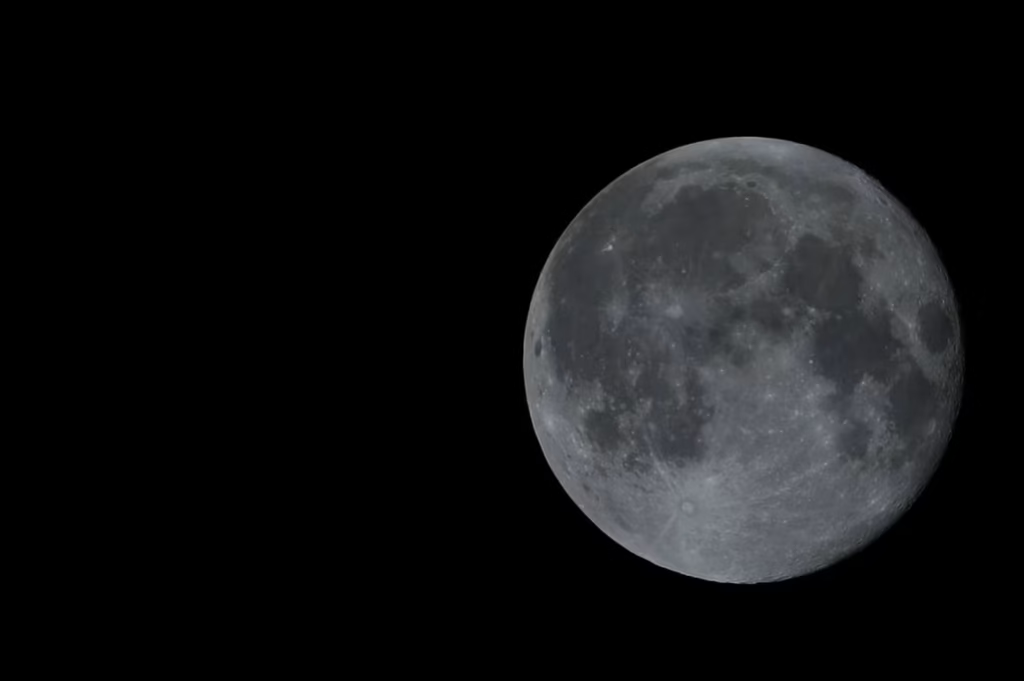On the night of October 6 the sky treated observers to a breathtaking lunar spectacle — a full Harvest Supermoon that appeared larger and brighter than typical full moons. This event marks the first of three consecutive supermoons this year, captivating stargazers around the world.
A supermoon is defined by the moon’s proximity to Earth at a point called perigee when its orbit brings it slightly closer than average. When that aligns with a full moon the result is striking: a moon that can look up to 14 percent larger and shine as much as 30 percent brighter than at its farthest point.
This particular moon earned the “Harvest” label because it occurs closest in time to the autumnal equinox, a traditional marker for late-season harvests in many cultures. Historically it offered farmers extra evening light to continue their work after sundown.
The moon reached its peak fullness late on October 6 and remained impressively luminous for days before and after. At moonrise it often took on a warm golden hue, a visual effect enhanced by Earth’s atmosphere filtering shorter wavelengths of light and contributing to the rich glow. The illusion of extra size is amplified when the moon hovers near the horizon and is compared to familiar foreground features like trees, houses, or hills.
Because lunar orbits are elliptical the moon does not always reach perigee at full phase, which is why not every full moon qualifies as a supermoon. But this month’s alignment delivered a rare and memorable display.
For skywatchers the conditions were simply magical: find a clear horizon, step away from city light pollution, and look east at moonrise. The glow persisted well into the night, offering ample opportunity to experience one of nature’s most enduring and poetic sights.


